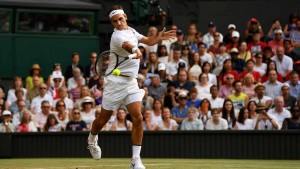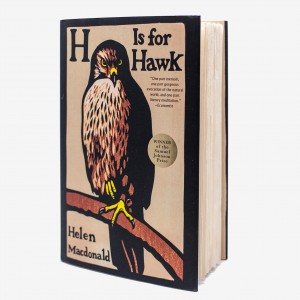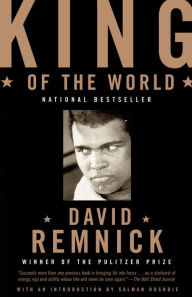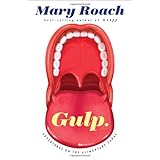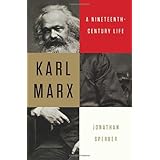Paper
Mark Kurlansky, Paper, 2016

I don’t necessarily read a Mark Kurlansky book about “something” to learn stuff about that thing. I prefer all the other things I learn along the way. In that sense, Paper didn’t disappoint. The journey included interesting stops on the topics of Egyptian papyrus, Chinese calligraphy, the Reformation, the American Revolution, the industrial process (which I am really into right now), the rag trade, and of course the printing process.
Years ago I read Kurlansky’s Salt (2002) and thoroughly enjoyed it. It was probably my first “commodity biography”, or book about a certain thing. From then I went on to acorns, soil, cochineal (little red bugs that make ink), cotton, and various other things that I can’t recall anymore. I do recall enjoying this type of historical tourism – learning a bit of this, a bit of that as I vicariously travel the globe. One more reason why I don’t need to travel in real life.
Perhaps in the subsequent years I have come to expect more of a narrative linking the tourist sites (or topics) together. Though I really like Kurlansky’s thesis, I think he only threw it in when he remembered it was important.
The narrative arc that is supposed to join the book together is what he calls the ‘technological fallacy’: “Technological inventions have always arisen from necessity. … Studying the history of paper exposes a number of historical misconceptions, the most important of which is this technological fallacy: the idea that technology changes society. It is exactly the reverse. Society develops technology to address the changes that are taking place within it.”
I totally agree with this. From my somewhat Luddite standpoint in this technologically obsessed world, I wish people would recognize that the technology they use doesn’t have to drive them. Oh well, seems I’m a total loser on that one.
I agree with Kurlansky that, in historical comparison, we are not living in the most change-driven era ever. Certainly the era of the 1790s to the late 1800s was seeing much more change in daily life than we are. And the changes were far-reaching in their impact, at home where the machinery may have been putting people out of work, and abroad where slavery and imperialism were working hand in hand to entrench the use of non-white people as labour to feed the white industrialized world. That is the thesis of Empire of Cotton by Sven Beckert (2015), an incredibly well researched, thorough book that holds onto its thesis very tightly. Perhaps in that sense I’m a bit disappointed with Paper because it’s more of a journalistic effort than a true history. But it’s not really a fair comparison.

Paper is still as ubiquitous as ever, despite the so-called digital revolution. Everyone should have a sense of its history. I recommend Paper, whether you read it on a e-reader or in book form. No big shock that I only read books on paper. Otherwise my library would be physically empty.
